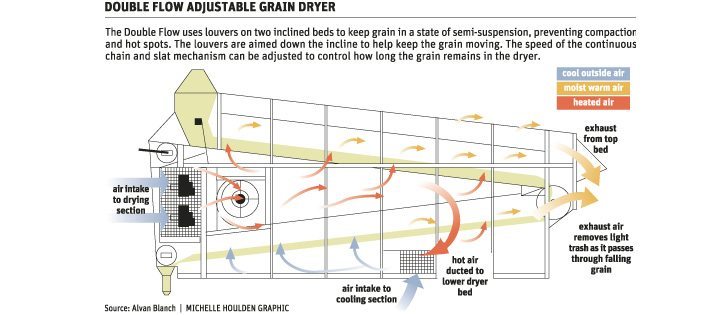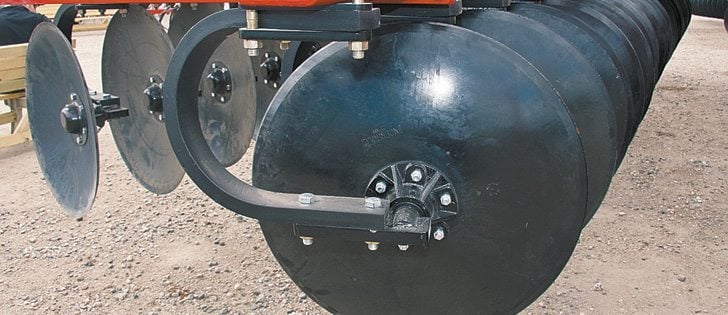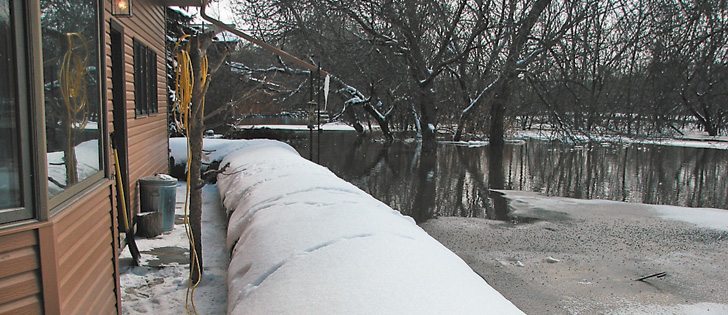When something goes wrong during the pressure cooker times of seeding, harvesting and spraying, you often find that you can’t see the forest for the trees.
When it comes to heavy equipment, that is the time to pause rather than think that you must react immediately.
You will have a better chance of quickly solving the problem if you stop, look, and listen.
For example, many years ago Massey Fergusson came to us with a new combine called the 9720.
My boss phoned to tell me that all the filters were blowing off the unit that runs the header within a minute of starting it. He had followed the routing of the oil through the lines and the filter head. As he was talking, I heard him say, “and it goes into the inside of the filter, it goes through the filter and out the other side.”
Read Also

India slaps 30 per cent import duty on yellow peas
India has imposed a 30 per cent duty on yellow pea imports with a bill of lading date on or after Nov. 1, 2025.
I said, “stop, did you hear what you just said? You said the oil flowed through the filter from the inside. Where is the dirt going to be and where is it on every filter you have ever looked at? Turn your filter head half a turn so your incoming port will line up with the line coming into the filter head.”
The stress of trying to manage the problem hadn’t allowed him to see the obvious.
When working out mechanical problems, try to think about the whole process that the machine is going through where it fails. It takes a clear head to do that, but it will save you time and maybe a wasted trip to the yard or town.
Another dealer was showing off a new combine he was marketing. The prospective customer liked it and made a couple of rounds in the field. The dealer tried to run it, but every time he got on the combine, it would stop within a minute.
He said it was just as though someone had switched it off. It happened over and over again and it didn’t appear to be a reliable machine.
Two things to think about here. Maybe someone did switch it off. And what is different about you from all the other people who have driven that machine.
When I asked him, he replied, “I am about 100 pounds lighter than all of the other folks who have run the machine.”
“And how much weight do you need to keep that safety switch under the seat on?” I asked.
A farmer had just bought a new combine. The dealer phoned me and said the unit was losing horsepower.
I asked him how he knew it was losing engine power.
“Well, the customer keeps insisting on it. He says it’s slowing down under load,” said the dealer.
The dealer was so frustrated that I could not get any sense out of him. He already had changed filters and was ready to go into the engine looking for a cause. We took it out in the field and sure enough, after about 10 minutes it gradually slowed down.
I said this time let’s let it go all the way and just see what happens.
The owner had never done this. It soon became evident that the engine was not slowing down at all. Instead, the entire threshing component was slowing down and finally stopped, without stalling the engine.
If the machine was plugging, how much load should be on that engine? The engine should be stalling, but it wasn’t. What does that leave? The answer was the connection between the engine and the drive.
A belt held tight by an electrically operated screw type tightener had failed and would fail only after it ran for a time. From then on it was easy to find exactly what was wrong.
Here’s where my face was red. We once had a new combine design that would plug solid in the area under the walkers and the grain pan. It would do this every day consistently at about 4 p.m., even in the best harvesting weather. Everybody complained about it.
The company engineers worked on the premise that you had to open up that opening so the material could get out faster. They moved bearings, ground off every sharp object in its path and even replaced some parts. And I was spouting the same line about making more room.
One day a mechanic stopped me and said, “Just listen to yourself. You know better than to accept someone else’s conclusions. Look at the straw. Is it long straw or chaff?”
I said it was long straw. And where should the long straw be? It should be up on the walkers.
The mechanic told me I should be working on why it was down on the grain pan in the first place. We found the flaw in the design right away. But it took someone who was not under pressure and could think clearly to point us in the right direction.














